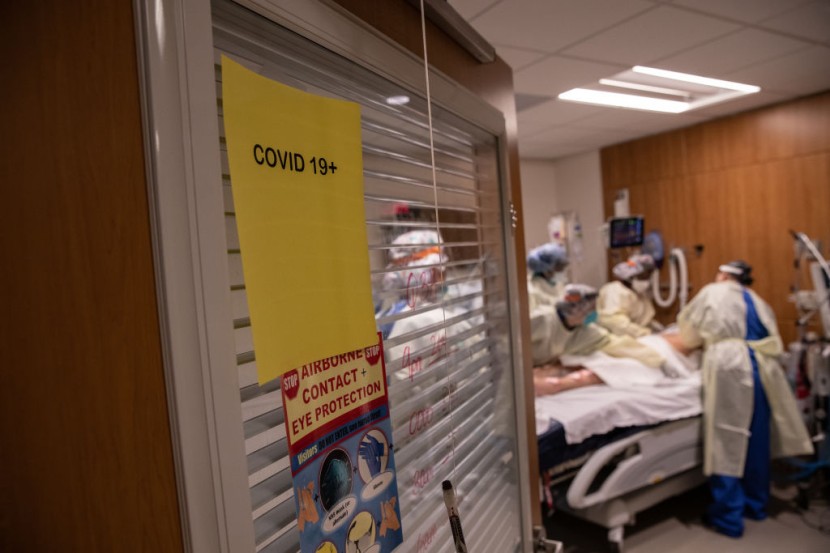
COVID-19 is becoming more prevalent across the globe as the biggest global health crisis yet, upending numerous lives. Now, it is essential to provide reliable guidance to health workers, educators, and parents and partner with front-line responders to secure the information and resources necessary.
What are Coronaviruses?
Coronaviruses could be contracted by both humans and animals. Since the 1960s, globally endemic human coronaviruses have been detected as frequent causes of respiratory illnesses, including the common cold.
Global Challenge
Reports that a vaccine is now readily available to shield against the effects of the novel coronavirus are the news that the world has been anticipating as a light at the end of a tumultuous and dark tunnel. However, the dissemination of the vaccine both nationally and internationally is complex as it will continue to present a global challenge for the upcoming months, reported Burges Salmon.
3rd Novel Coronavirus
The 3rd novel coronavirus to surface in this century is named SARS-CoV-2, which causes coronavirus disease 2019 (COVID-19). It was first detected in the Chinese city of Wuhan in December 2019 and was announced as a global pandemic by the World Health Organization (WHO) on March 11, 2020, reported the National Institute of Allergy and Infectious Diseases.
What Is the Risk to Workers in the United States?
The risks from COVID-19 for workers are dependent on the severity of the resulting illness, how extensively it gets transmitted between individuals, medical or other measures available to control the impact of the virus and the relative success of these measures, and underlying medical conditions workers may have. The United States Centers for Disease Control and Prevention (CDC) expounds on information regarding this topic.
Control and Prevention
Employers should implement infection control measures based on a meticulous hazard evaluation, using suitable combinations of safe work practices, administrative and engineering controls, and personal protective equipment (PPE) to alleviate worker exposures. A number of OSHA standards that apply to alleviating occupational exposure to SARS-CoV-2 also necessitate employers to train workers on factors of infection prevention, including PPE, reported the United States Department of Labor.
General Guidance Against COVID-19
- Alleviate touching your nose, eyes, or mouth with unwashed hands.
- Regularly wash your hands with water and soap for at least 20 seconds. If soap and running water are not available, use an alcohol-based hand rub with at least 60% alcohol.
- Avoid close contact with individuals infected with the virus.
- Practice proper respiratory etiquette, including covering coughs and sneezes.
- Recognize personal risk factors. According to the CDC, certain individuals, including older adults and those with preexisting conditions, including diabetes or heart or lung illness, are more susceptible to developing more severe complications from COVID-19.
- Stay home if you tested positive for COVID-10.
Symptoms of COVID-19
The most common symptoms involve dry cough, fever, or shortness of breath. There are other indicators you could need to be tested or have a conversation with your doctor.
Controlling the Prevalence of the Virus
An amalgamation of non-pharmaceutical interventions was implemented as a response to the local epidemiological scenario. These were accompanied by clear, targeted communication messages to the public regarding the fundamental elements of the public health approach in mitigating the transmission.








